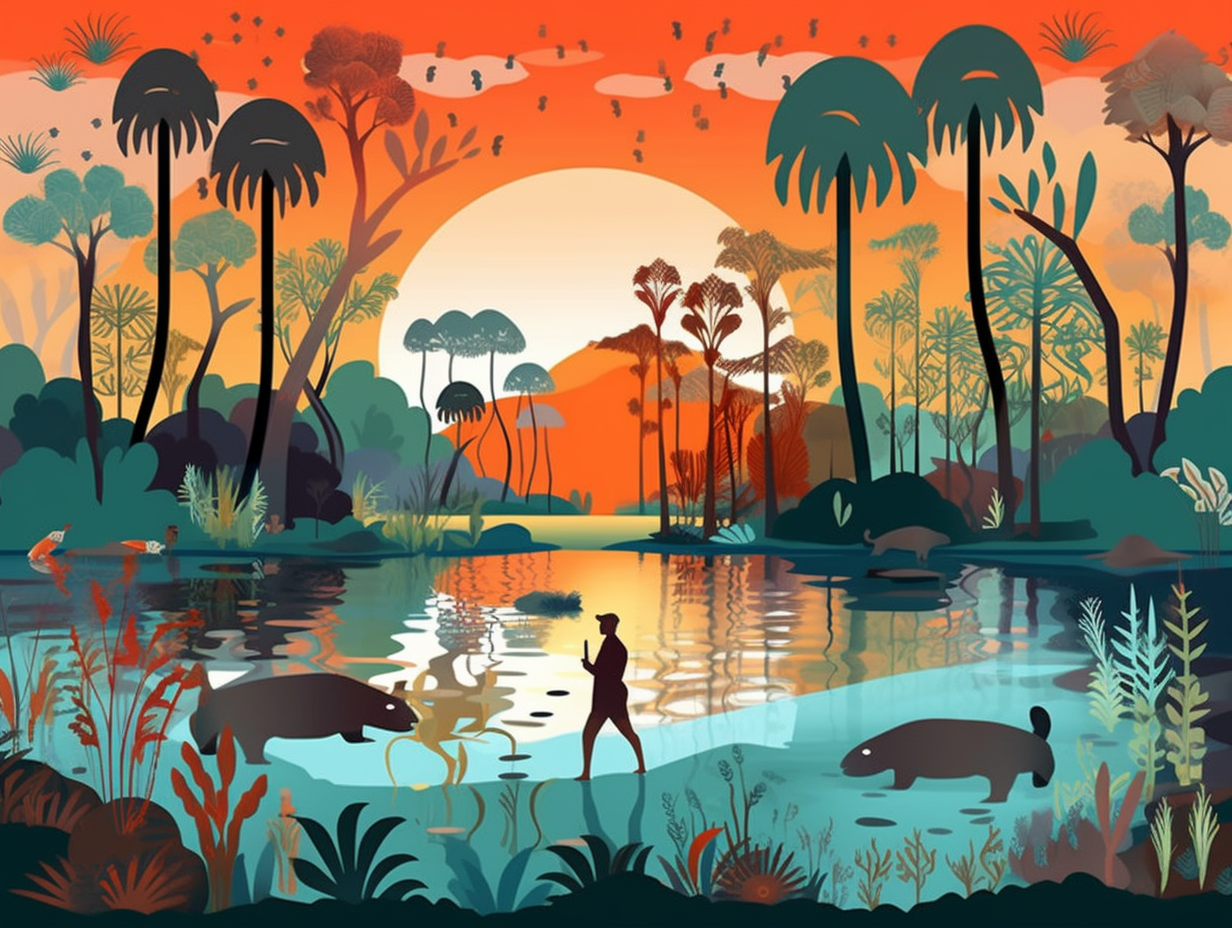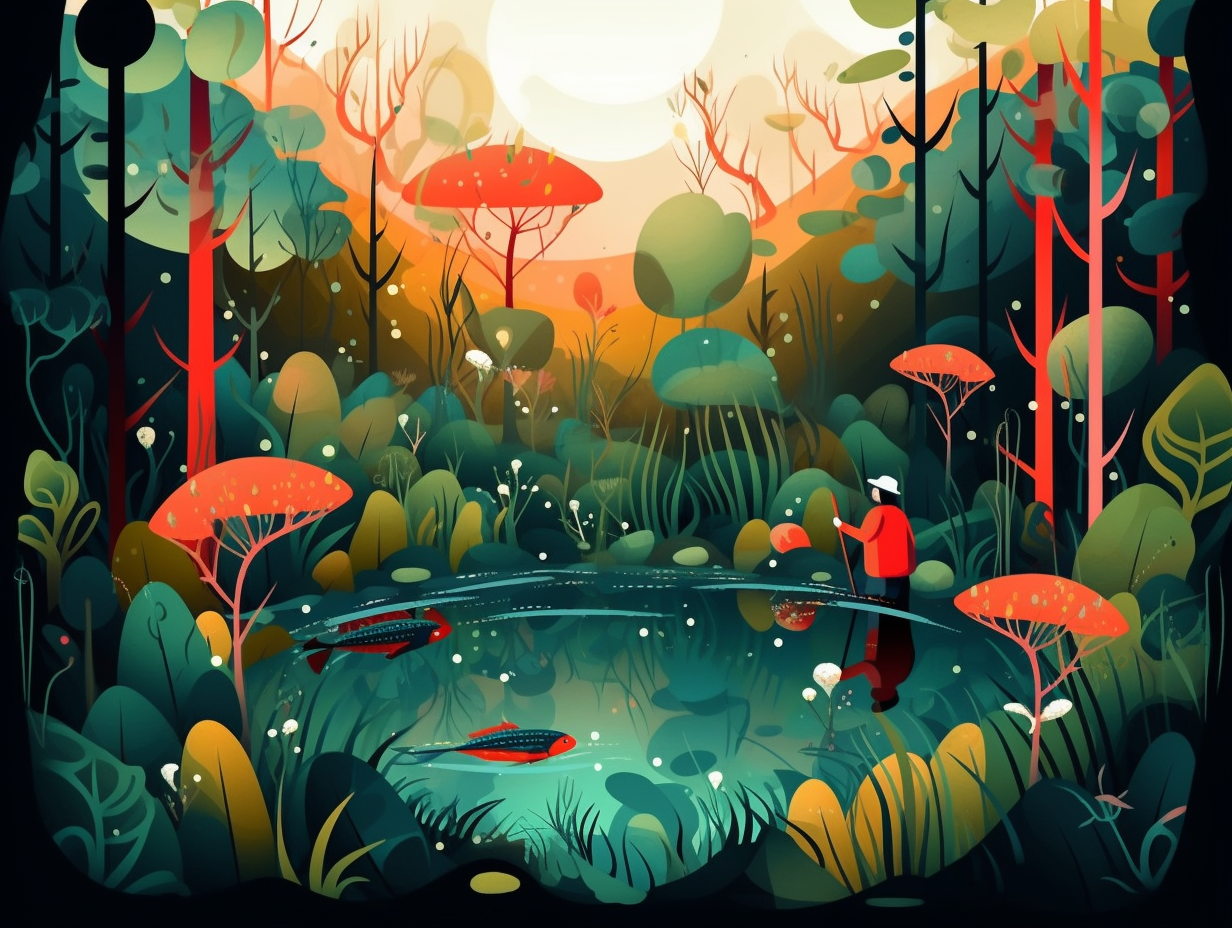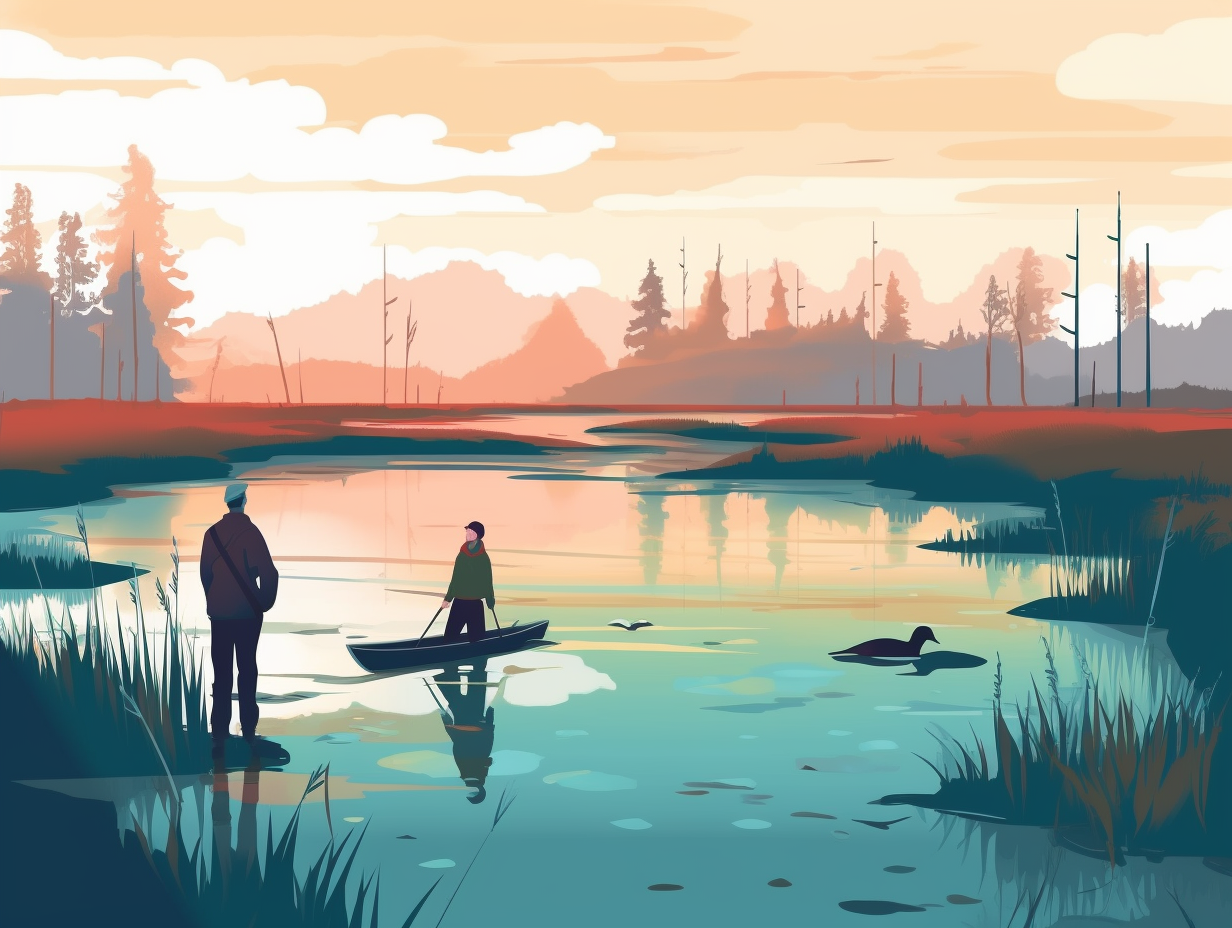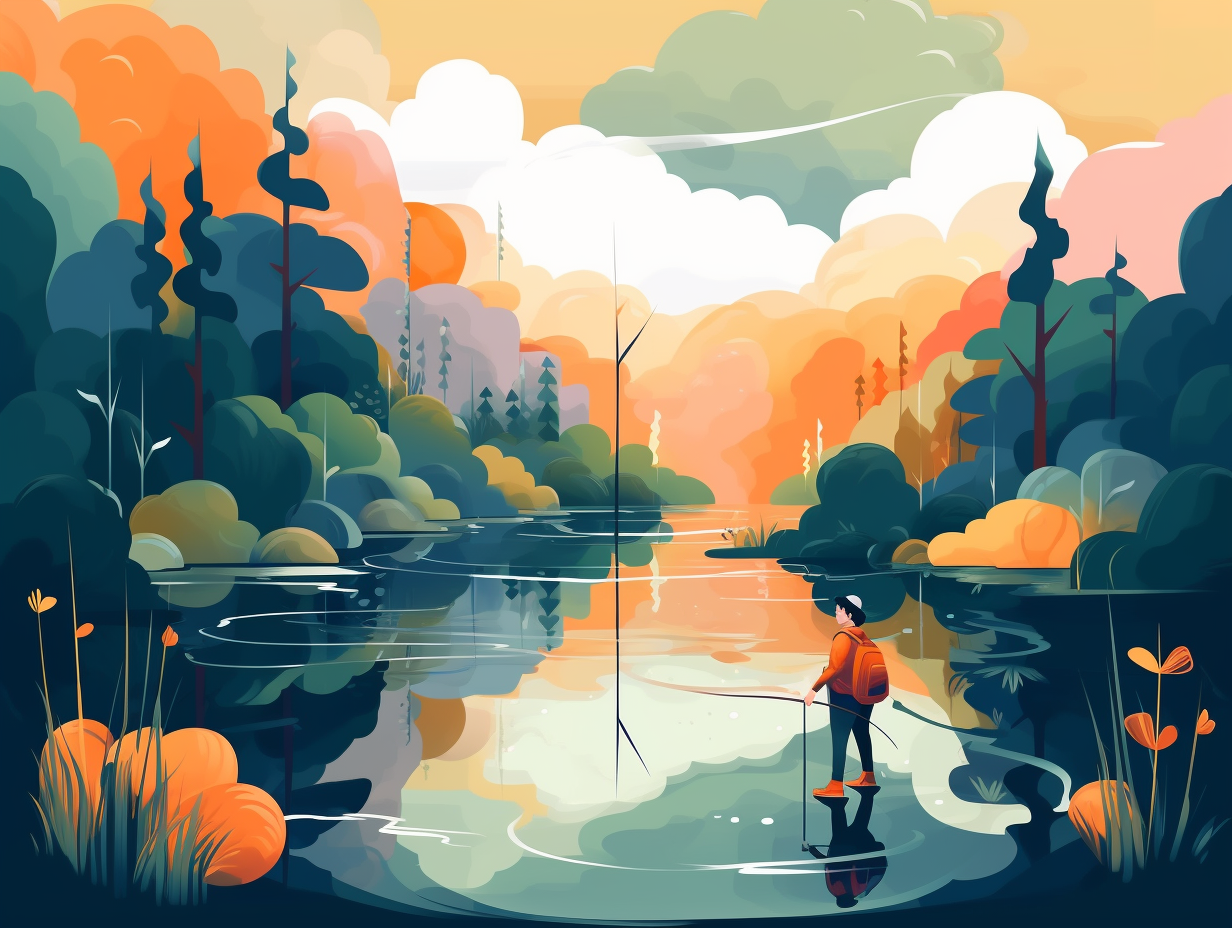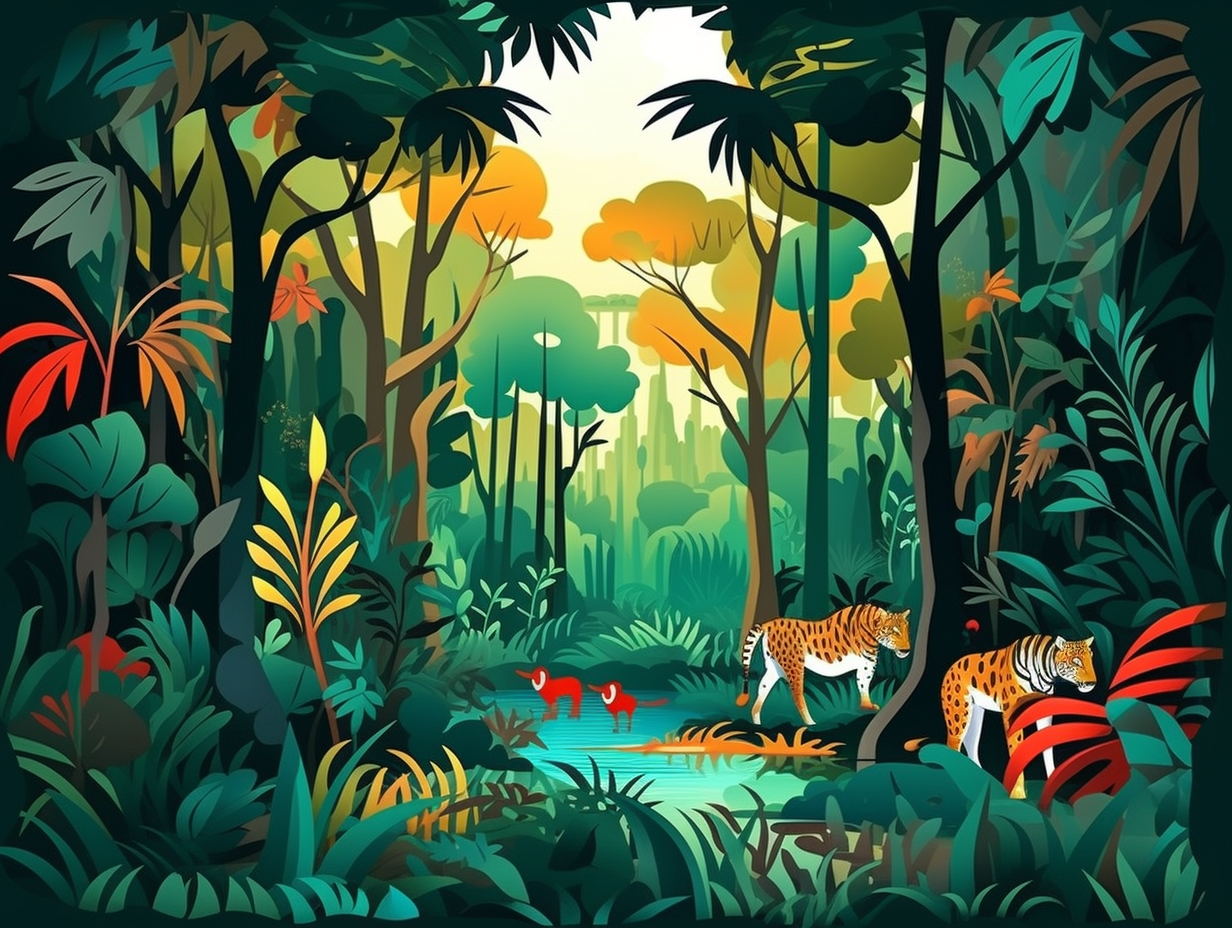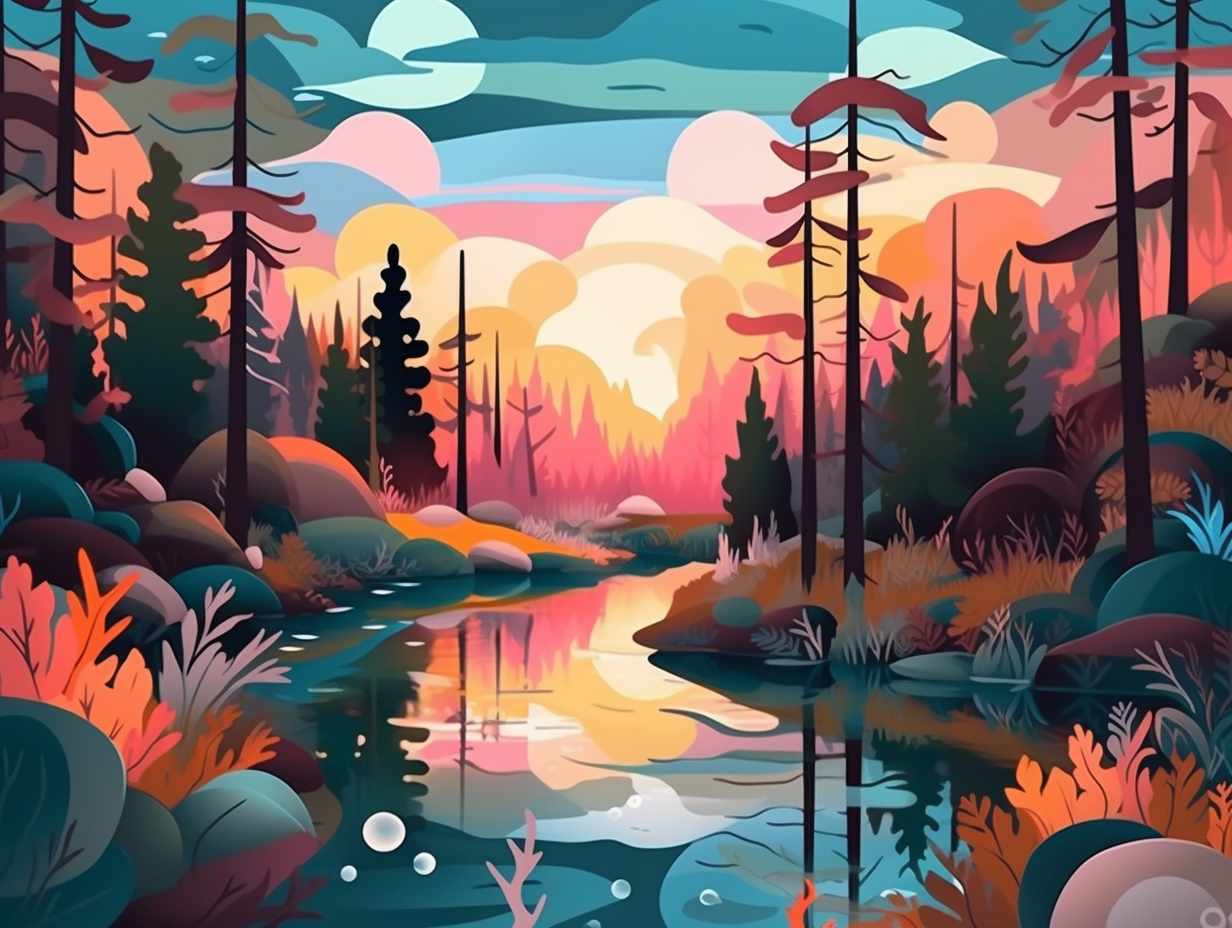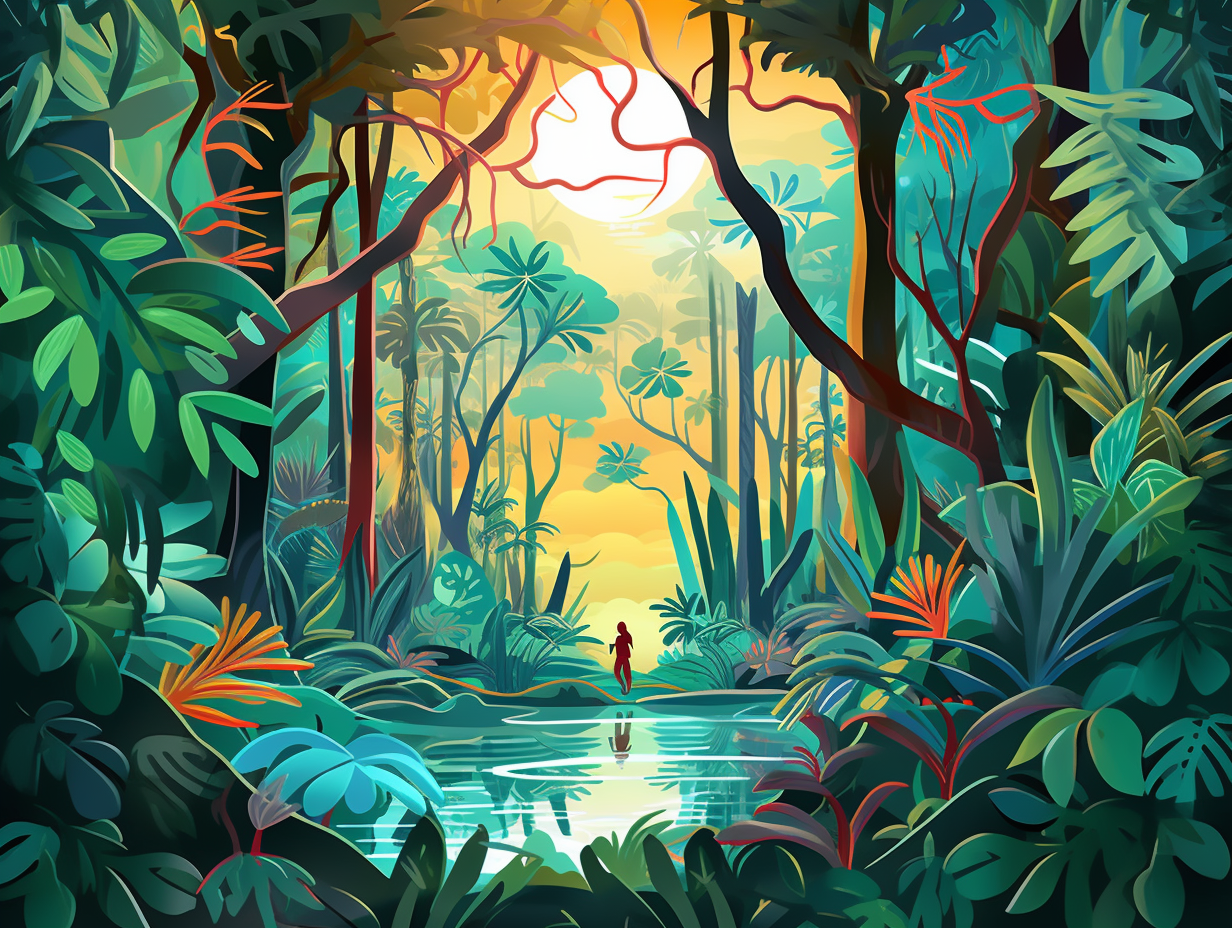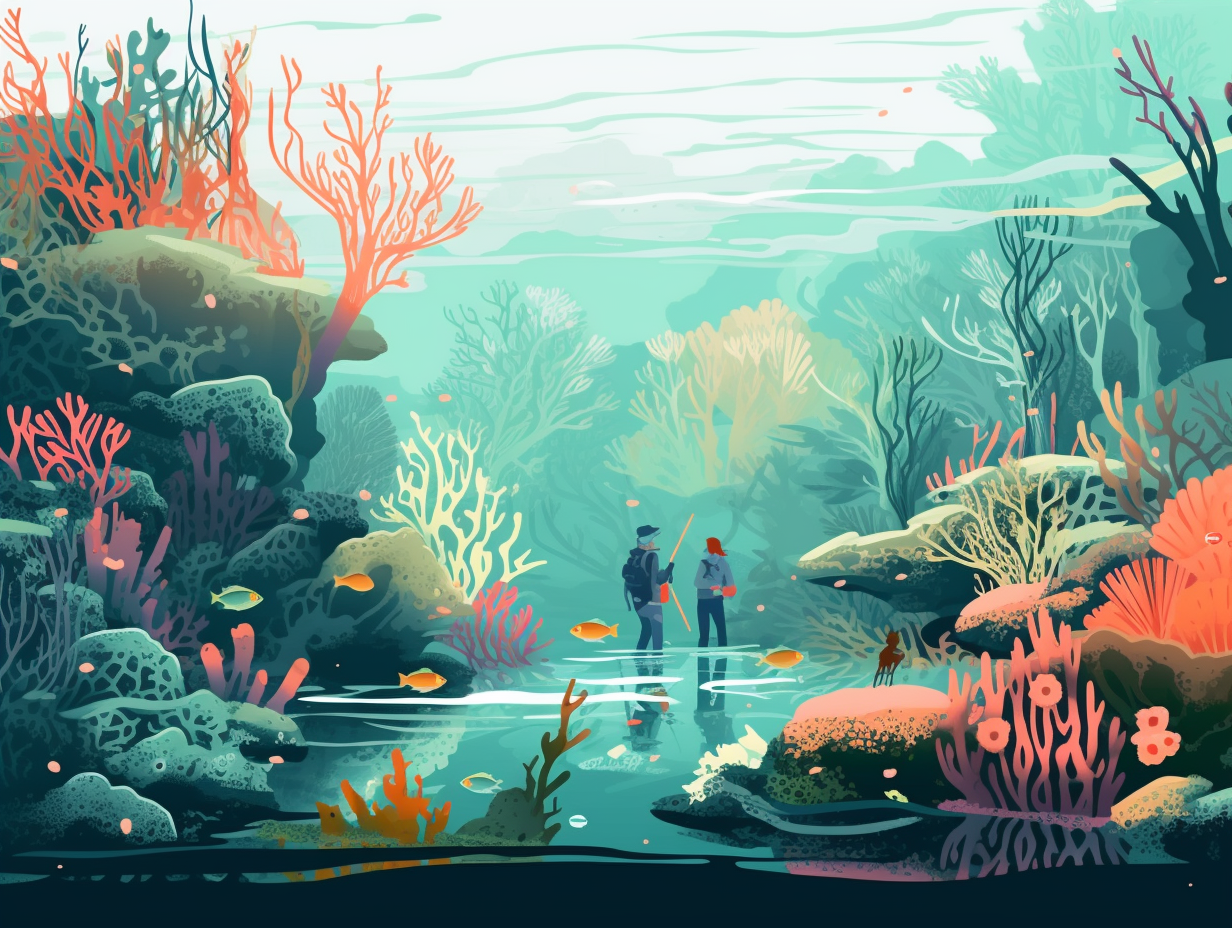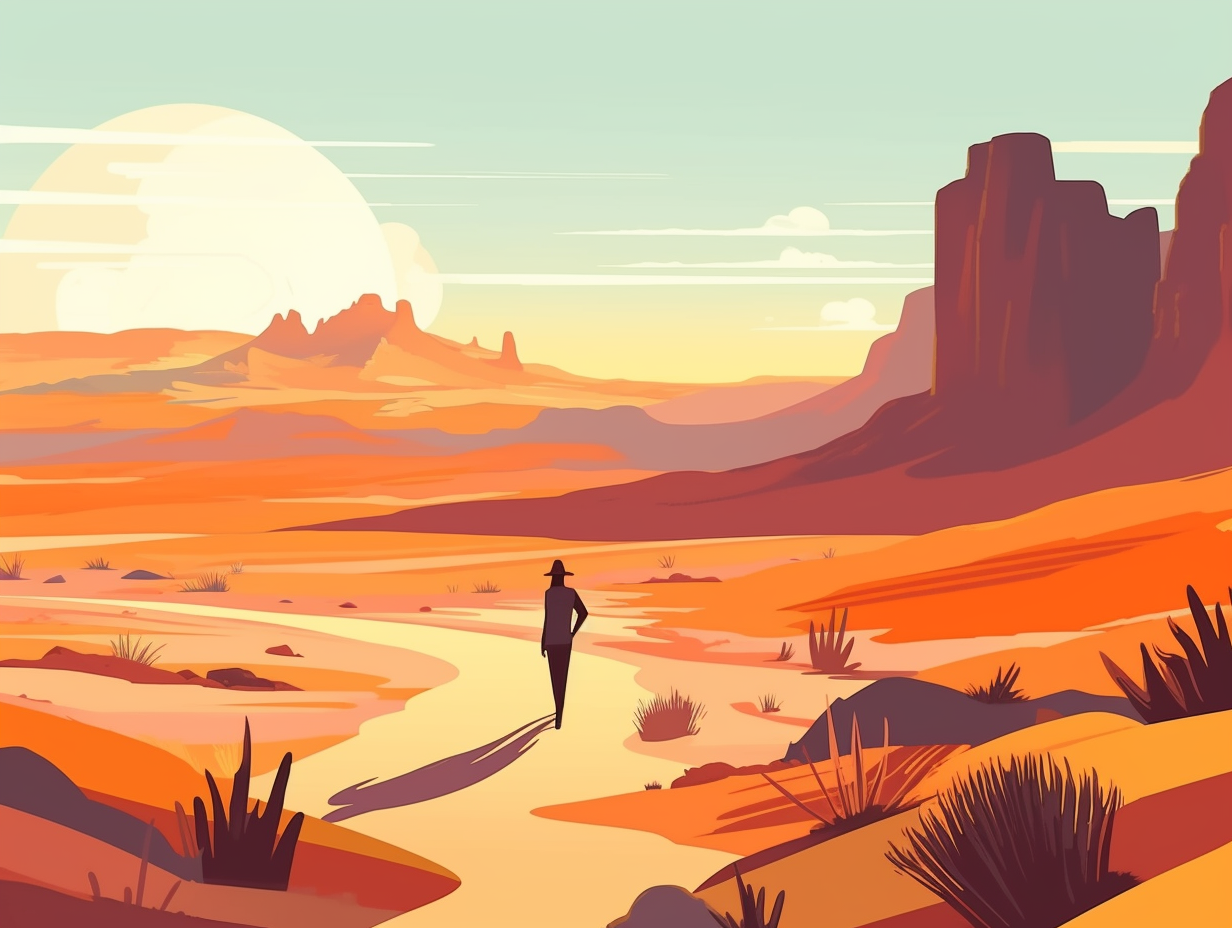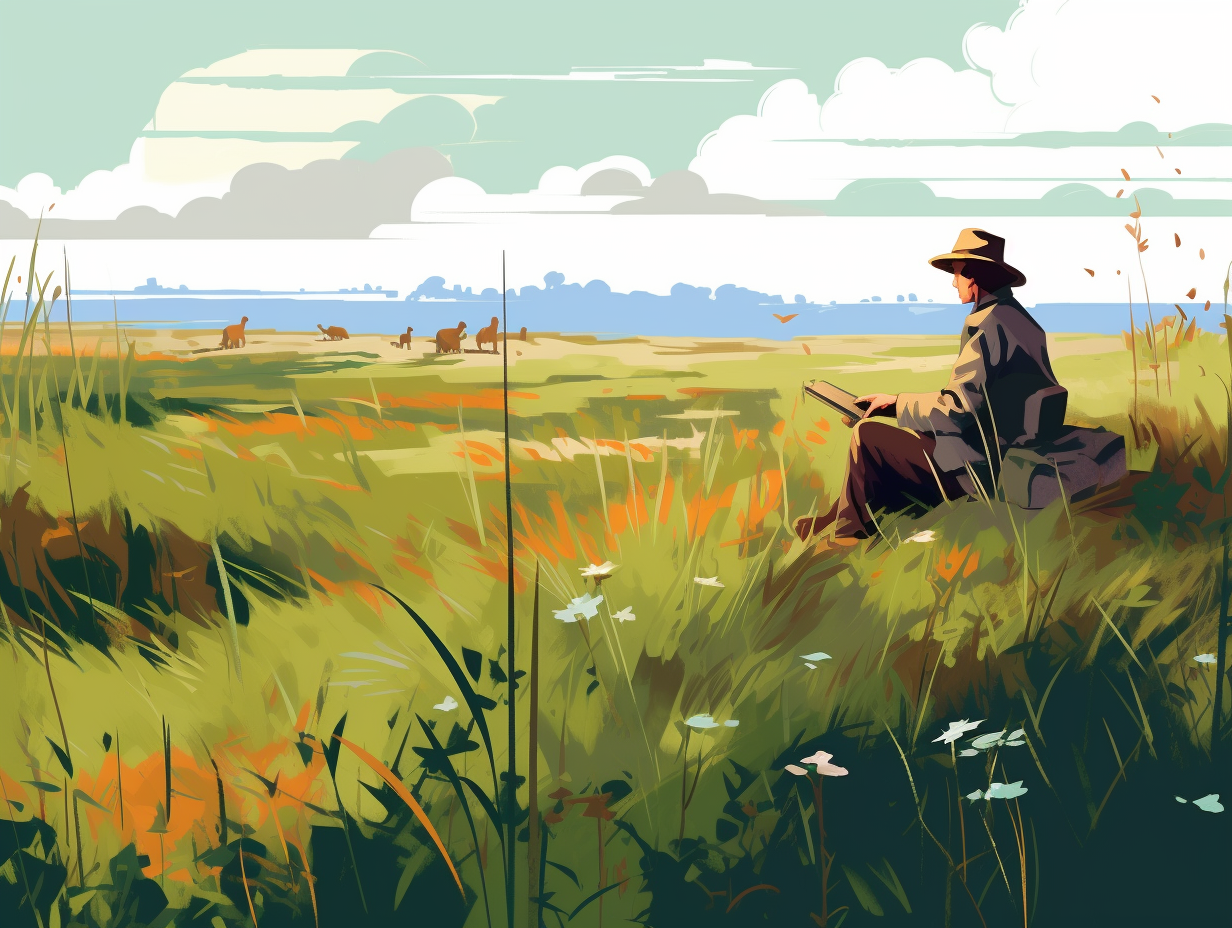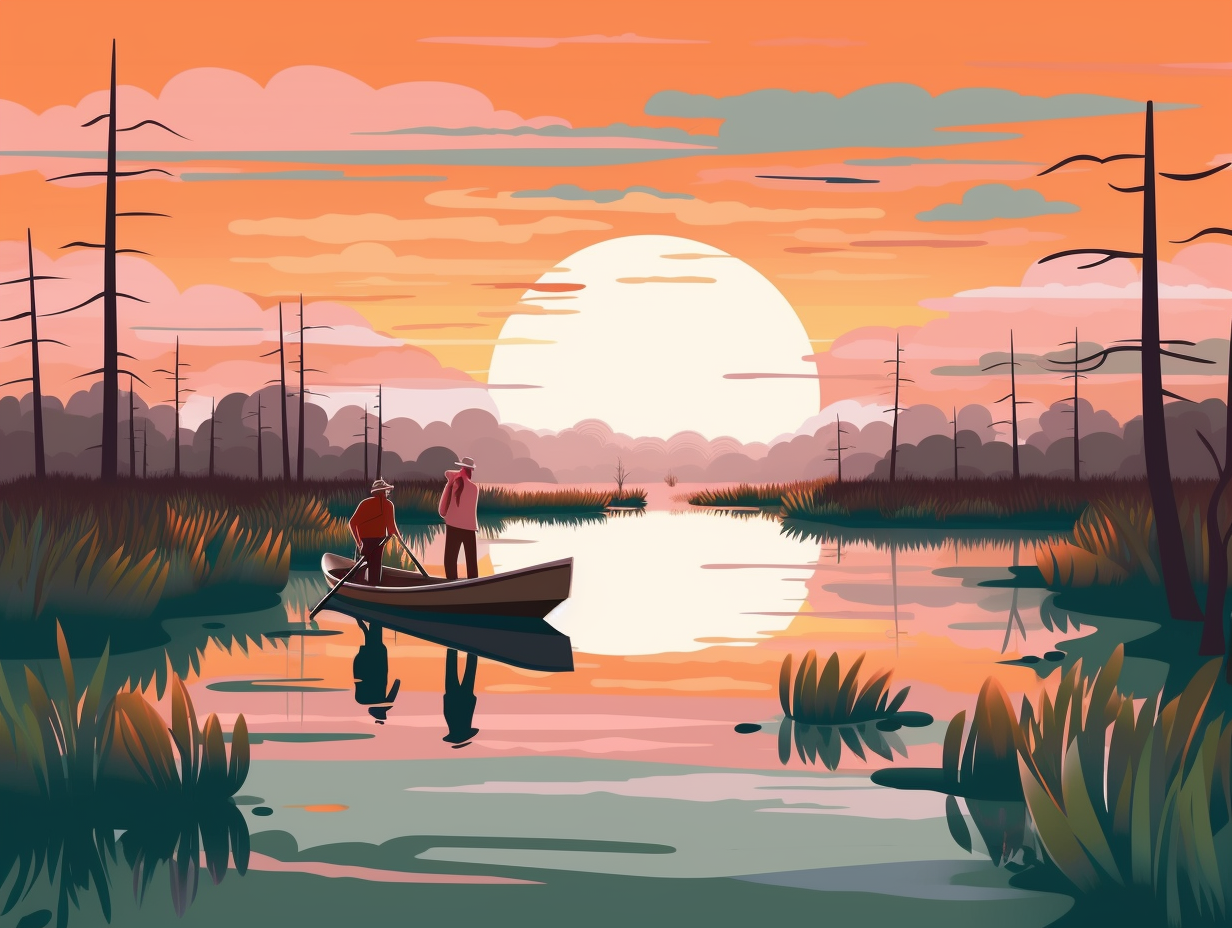Discover the Wonders of Prehistory: Top 9 Amazing Fun Facts About the Carboniferous Period
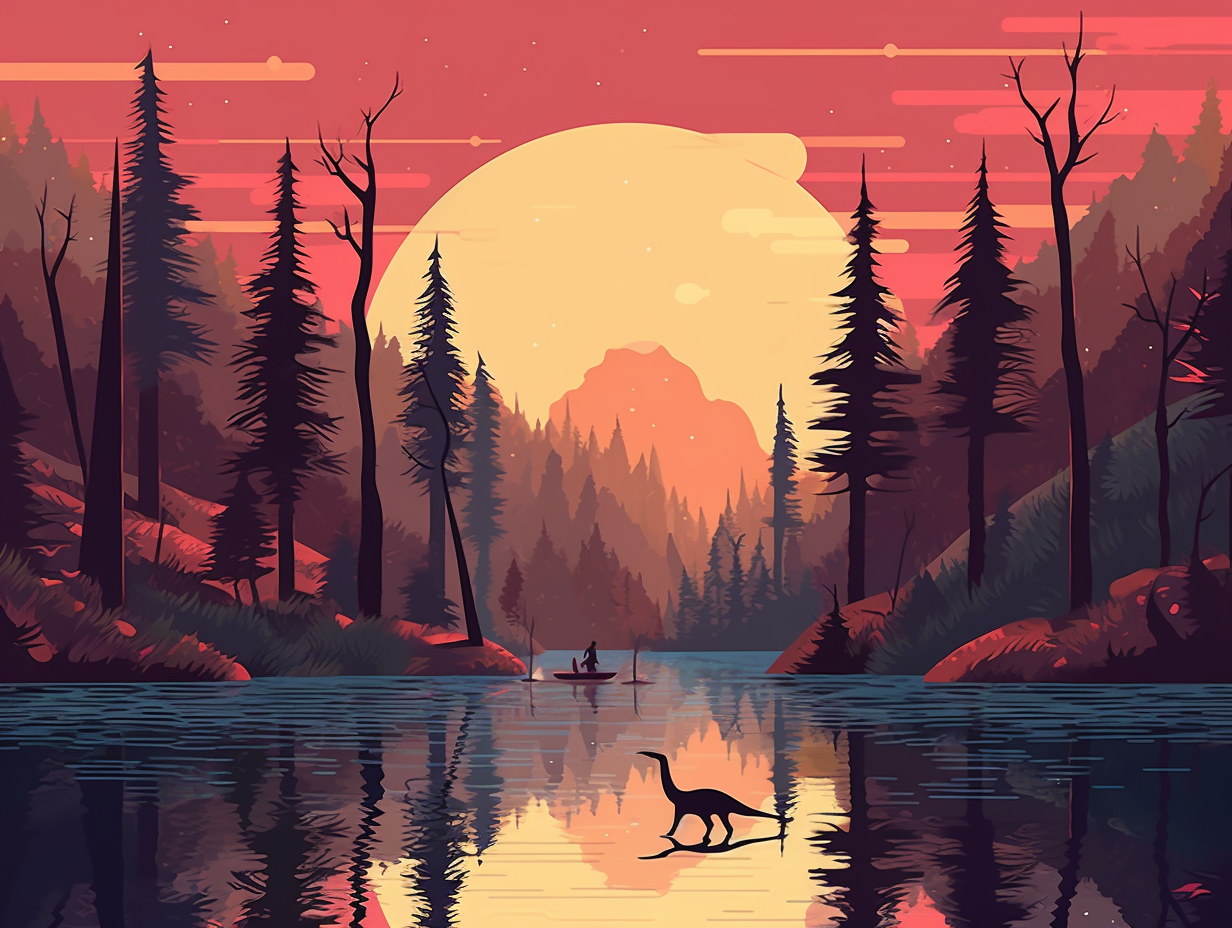
1. Bus-sized Eight-legged Salad Enthusiasts
In a time when eight-legged freaks were the size of a bus and roamed the earth like lumbering lumberjacks: Arthropleura, the largest land invertebrate in history, munched on decomposing leaves and plant matter during the late Carboniferous period, paving the way for all the salad enthusiasts to come.
Source => prehistoric-earth-a-natural-history.fandom.com
2. Godzilla Meets Giant Dragonflies
Step aside, Godzilla: the Carboniferous period had its own monstrous creatures roaming about! These Godzilla wannabes were actually giant dragonflies—known as Meganeura—with wingspans over two feet long: Their existence was made possible by the elevated oxygen levels of that time, enabling them to fly with vigor and hunt down prey with the enthusiasm of any big-screen monster.
Source => nationalgeographic.com
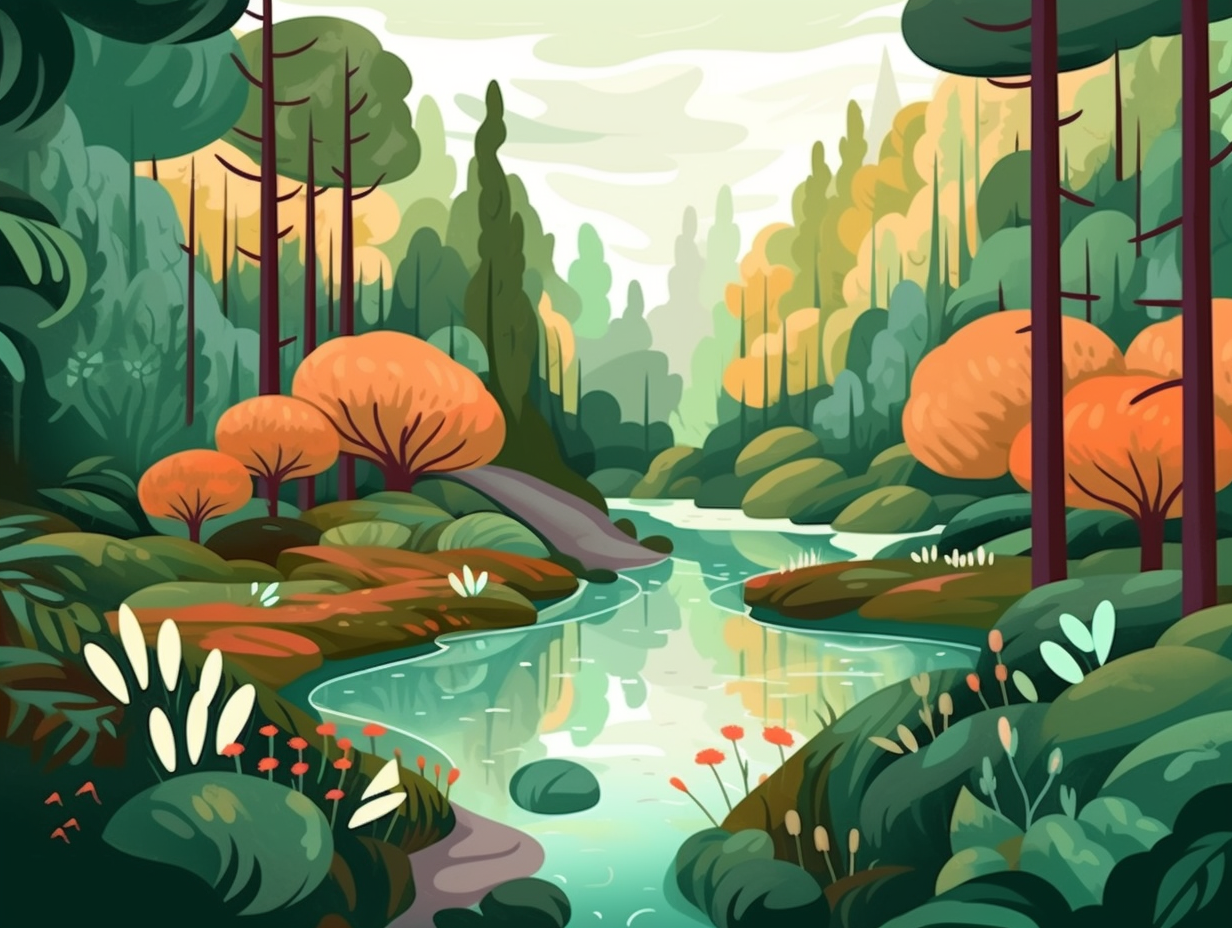
Discover the fascinating world of the temperate forest, where bears, birds, and moss thrive amidst ever-changing seasons! 🐻🌳🍁
=> Fun Facts about The-Temperate-Forest
3. Sky-high Clubmoss Parties
Before Jack and his beanstalk, it was the clubmosses stealin' the sky show: During the Carboniferous period, these primitive vascular plants reached towering heights of up to 100 feet, but nowadays opt for the ground life with 10-15 genera and 350-400 species sprinkled across the globe, from tropical rainforests to chilly boreal forests.
Source => plcnh.org
4. The Hairspray-free Coal Age
In a time before your great-great-great-great-grandpappy's terrible prom night hairdo petrified into coal, Earth was actually covered in formidable swamp forests: Meet the Carboniferous Period, where coal was crafted from the un-decayed remnants of ancient seedless vascular plants like lycopods and tree ferns, all compressed beneath accumulating marine sediments for millions of years. No hairspray involved!
Source => ucmp.berkeley.edu
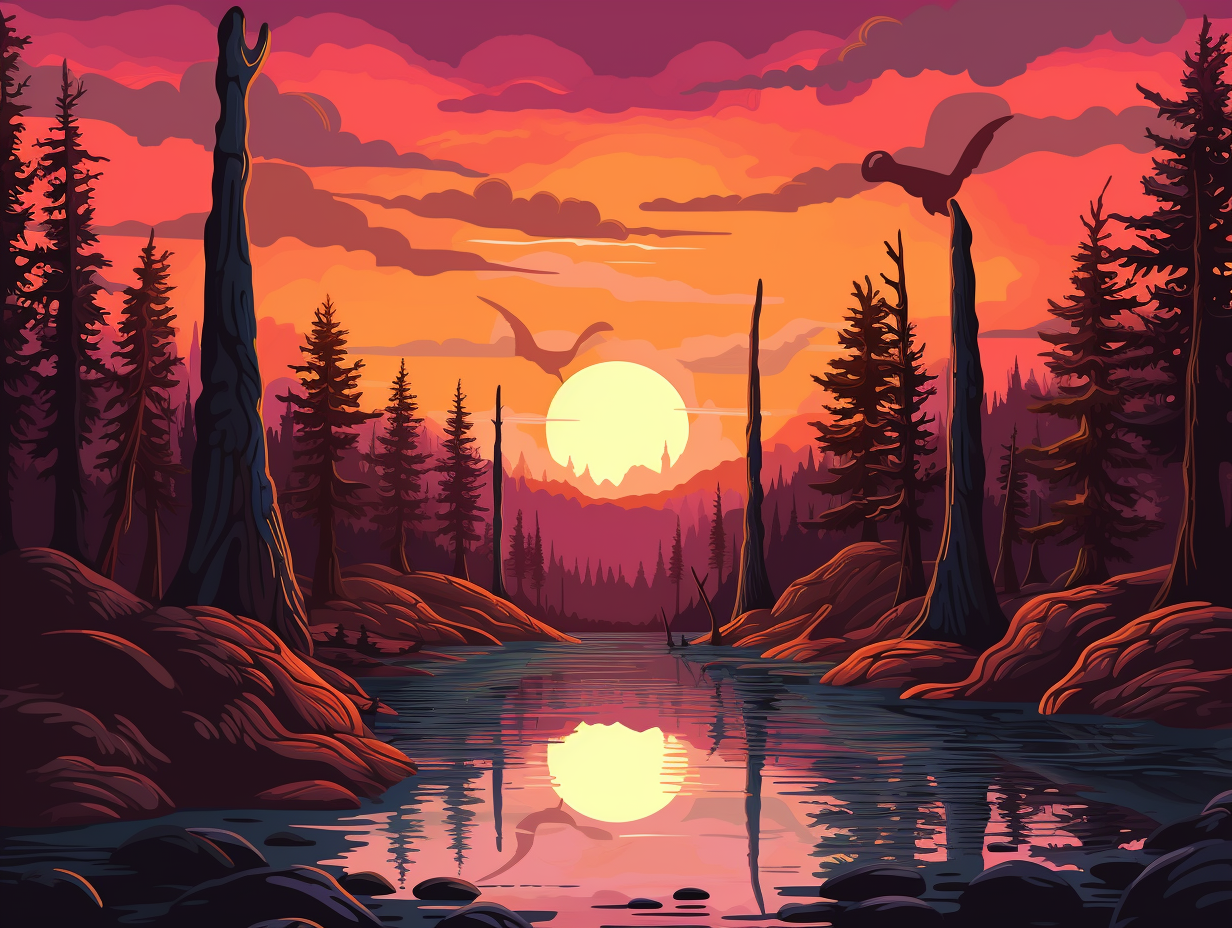
5. The Organic Bear Trap Amphibian
Behold the ancient "organic bear trap": Once upon the Carboniferous period, the Eryops reigned supreme as a whopping 440-pound and up to 9.8 feet long amphibious predator, feasting on fish, small reptiles, and fellow amphibians with a jaw-snapping habit that would put a sarcastic comeback to shame.
Source => a-z-animals.com
6. Lepidodendron: Coal Stardom Contestant
In a world where trees dreamt of becoming coal, only the mighty Lepidodendron stood tall with a real shot at Stardom: Contrary to popular belief, not all Carboniferous trees were destined to transform into coal, but the soft tissue trunks of these Lepidodendron trees played a major role in the coal formation process, under the right set of million-year-old pressure-cooker conditions.
Source => uwaterloo.ca
7. Carboniferous Air-Balloon Crashers
Imagine if party balloons were filled with Carboniferous air: gigantic dragonflies would be crashing into your celebrations! These prehistoric six-legged pilots were the life of the party around 300 million years ago: due to oxygen levels soaring to 31% in Earth's atmosphere, insects like Meganeura grew to colossal sizes, with wingspans stretching up to 75 centimeters or approximately 30 inches in diameter.
Source => blog.everythingdinosaur.com
8. The Griffinflies: Prehistoric Top Gun Stars
Move over, King Kong: Meet the fabulous flying behemoths from the Carboniferous period! With wingspans stretching up to 28 inches (70 centimeters), these giant dragonfly-like griffinflies ruled the skies thanks to the era's high oxygen levels allowing their tiny breathing tubes to pump enough O2. But size matters not to Mother Nature, who eventually recruited a new kind of "top gun" - the birds, forcing insects to downsize for better agility amid sky-high pursuit.
Source => news.ucsc.edu
9. Arboreal Haute Couture Before Dinosaurs
Before the dinosaurs even showed up fashionably late to the party, nature had already gone off the scales in its arboreal haute couture: during the Carboniferous Period, coal swamps covered much of North America and Europe and were home to enormous tree-like plants called Lepidodendrons, which grew up to 40 meters tall and sported diamond-shaped bark patterns, forever dubbing them as "scale trees."
Source => ucmp.berkeley.edu
Related Fun Facts


